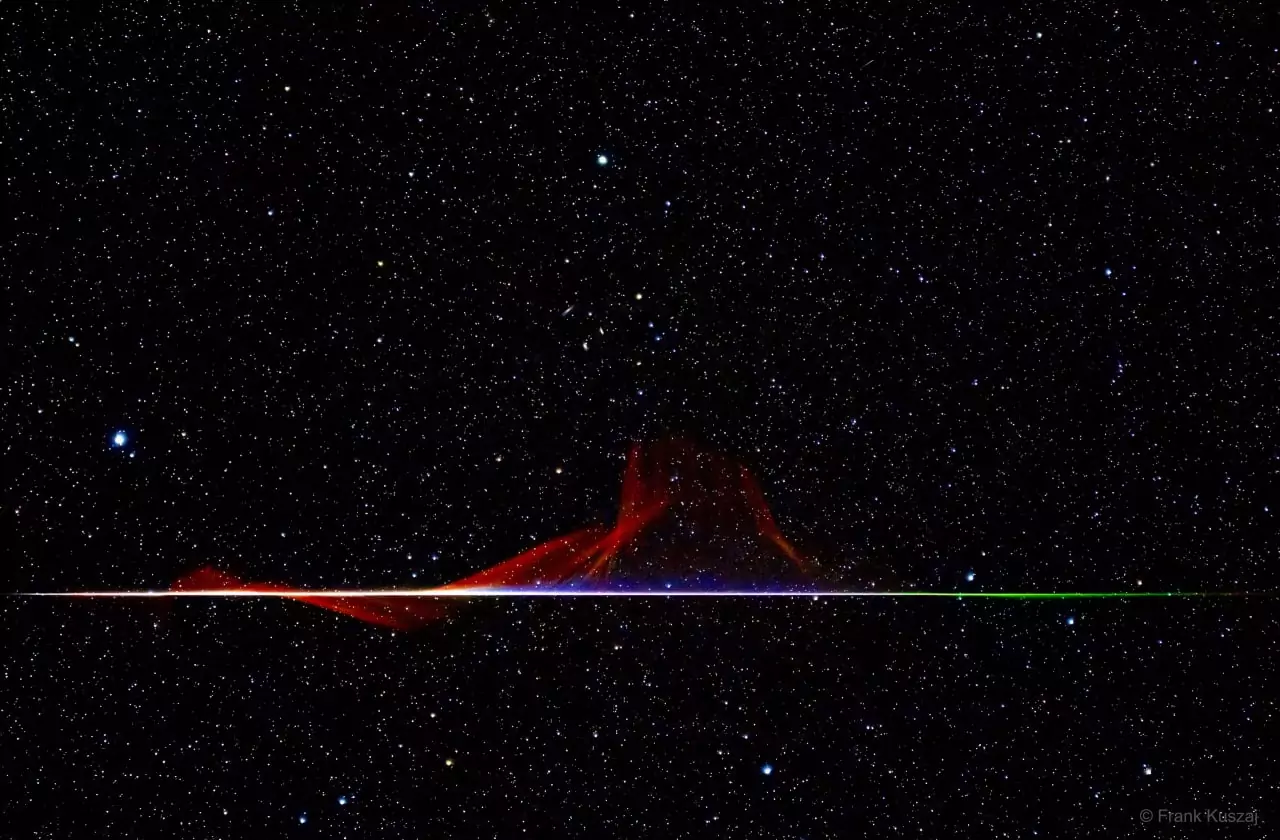According to a new study, supernova explosions occurring thousands of light-years from Earth could leave a mark on the biology and geology of our planet.
A supernova that erupts near Earth could wipe human civilization off the face of the planet. However, even stars born far out in space can cause catastrophic damage by plunging the Earth into dangerous radiation and damaging its protective ozone layer.
Scientists have drawn attention to the annual rings of trees, which are considered to be a kind of «prints» of such explosions. As a result, it turned out that relatively close supernovae could have disrupted the Earth’s climate at least four times in the last 40,000 years.
Scientists’ research is based on a curious atom – carbon-14. It is an isotope of carbon that is found on Earth only in tiny amounts. At the same time, it is formed as a result of the bombardment of the planet’s atmosphere by cosmic rays.
In the course of the work, experts found several cases when the concentration of this isotope inside the annual rings increases sharply – suddenly and for no apparent earthly reason. It is assumed that these «bursts» lasting several years could cause solar flares or supernova explosions.
To test it, the researchers compiled a list of supernovae that have appeared relatively close to Earth over the past 40,000 years. Then they compared their approximate age with the annual rings. As a result, eight candidates were selected, of which four suited the theory the most. One of the stars broke out at a distance of 815 light-years from Earth 13 thousand years ago. Shortly after that, the level of radiocarbon on the planet jumped by almost 3%.
